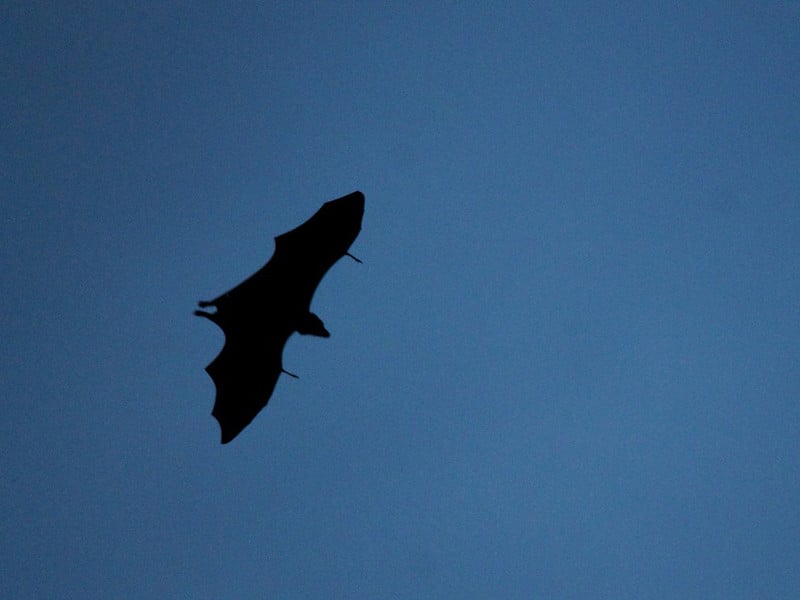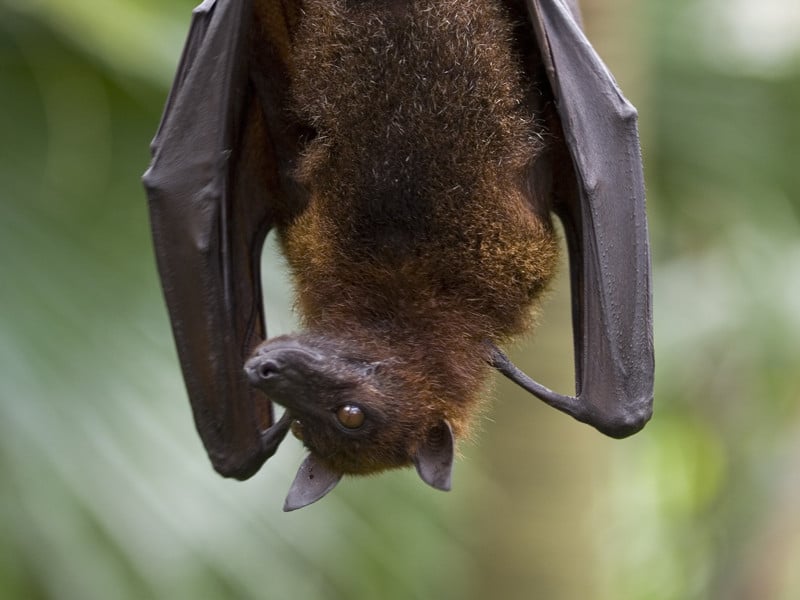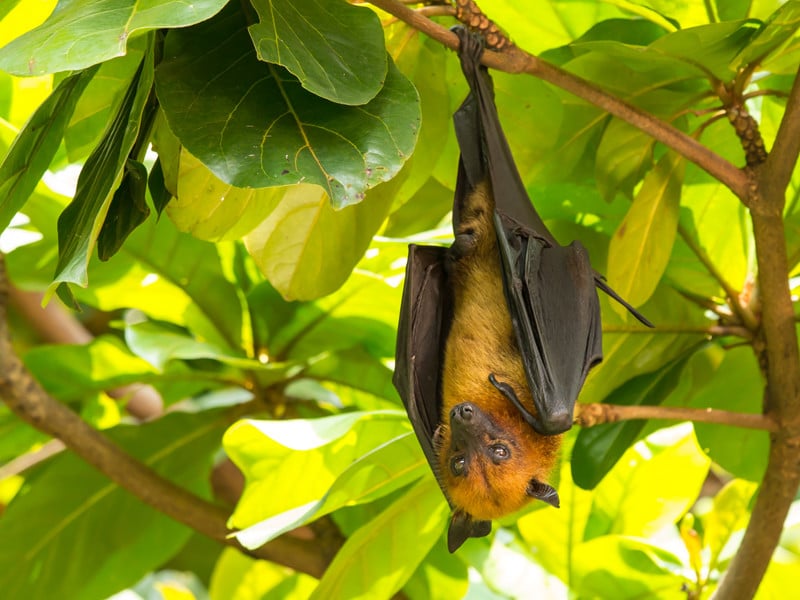Indiana Bat – Myotis sodalis
Description
The Indiana Bat is a medium sized species. It can range in coloring from brown, black, or gray. They are only 1 or 2 inches in length when full grown. The weight is about ¼ of an ounce. They have very small toes and they are the only species of bats to have pink lips. They are frequently mistaken for the Little Brown Bat so that is a feature that can be used to tell them apart.
Distribution
The Indian Bat is distributed in many areas of the United States.
The Indian Bat is distributed in many areas of the United States. The Midwestern states are the most common areas where they are found. However, they are also living in the Eastern and Western states. In the winter months these bats may travel long distances to find caves where they will hibernate.
Colonies of the Indian Bat will meet up with each other for hibernation. There can be thousands and thousands of them in one location. When the weather warms up then they will break down into smaller colonies again. Typically, hibernation takes place in the state of Indiana, which is where their name comes from.
Behavior
The Indiana Bats form very large colonies. They seem to form strong bonds with each other. Sleeping very close to each other for warmth and comfort, they like to be in tight spaces. They may not spread out in a large cave but take up only one small portion of it. As their colony grows then that amount of mass area will branch out.
Diet /Feeding
The Indiana Bat feeds on various insects and bugs that are out at night. They consume large numbers of them. Such efforts prevent the number of insects and bugs from getting out of control.
Reproduction
The life span of the Indiana Bat is from 9 to 12 years.
The mature females can give birth to one offspring in the middle of summer. These young are able to fly and find their own food sources by the time they are 1 month old. It is believed that the female is actually going to mate though right before hibernation, when all of the bat colonies are meeting up. Then her body delays the meeting of the sperm and the egg until the spring.
Inside of the bat colonies, a sub colony will be created of pregnant females. They will care for their young in this area. Once their young are able to care for themselves they will leave that maternity area and rejoin the rest of the colony. The life span of the Indiana Bat is from 9 to 12 years.
Conservation
The Indian Bat is currently listed as an Endangered Species. Studies indicate that more than half of the population has dropped since 1975. Due to the fact that humans continue to kill these bats, that they are dying due to pesticides used on fruits, and forests are being removed there needs to be serious efforts in place to protect the Indian Bat.
The Indian Bat is currently listed as an Endangered Species.
Studies also show that the fungus known as white nose syndrome is very easily spread among the Indiana Bat. Finding the sources of that fungus and isolating it is one of the ways in which conservation for these bats can prove to be very helpful.
In many areas of Indiana it is illegal to tour caves during the winter months. This is because the bats hibernation cycle can be disrupted by humans in the area. When that occurs they will need to feed and they simply can’t find the supply of food they need during that time of the year. Still, it is very hard to enforce such laws and to keep out people that are curious from going into those caves anyway.







